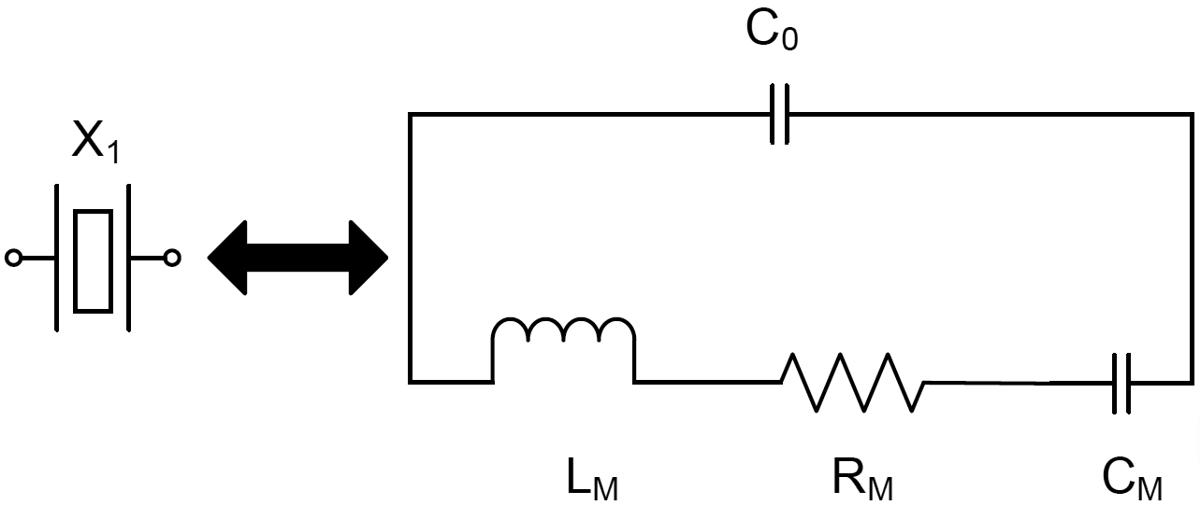CC31xx and CC32xx Frequency Tuning
Abstract
RF systems are dependent on accurate clocks for correct operation. A deviation in clock frequency is reflected as a deviation in radio frequency. This deviation can degrade RF performance, violate regulatory requirements, or lead to a nonfunctioning system.
An accurate clock requires careful selection of the crystal as well as external loading capacitors. This application report describes details of crystal specifications, recommendations for loading capacitor selection, board layout guidelines, frequency measuring technique, and crystal tuning technique.
Trademarks
SimpleLink™ and Internet-on-a chip™ are trademarks of Texas Instruments.
Wi-Fi® is a registered trademark of Wi-Fi Alliance.
All trademarks are the property of their respective owners.
1 Crystal Oscillator Basics
To support the understanding of the trade-offs when selecting a crystal for the CC3xxx devices, this section explains the fundamentals of crystals and oscillator operations.
Section 2 explains the important aspects characteristics of a crystal to select the appropriate crystal. However, to have a more in-depth understanding of the trade-offs when selecting a crystal, it is recommended to comprehend the fundamentals of crystals and oscillator operations (see [1]).
1.1 Crystal Oscillator Model
A crystal-based oscillator is formed by placing a crystal in the feedback loop of an oscillator circuit that provides sufficient gain and phase shift around the loop to start and sustain stable oscillations. A simplified electric model of a crystal is shown in Figure 1-1.
 Figure 1-1 Crystal Symbol and the Electrical
Model
Figure 1-1 Crystal Symbol and the Electrical
ModelIt has R-L-C series components, called motional resistance (Rm), motional inductance (Lm), and motional capacitance (Cm). The capacitor in parallel, C0, is called the shunt capacitance, and models the package capacitance.